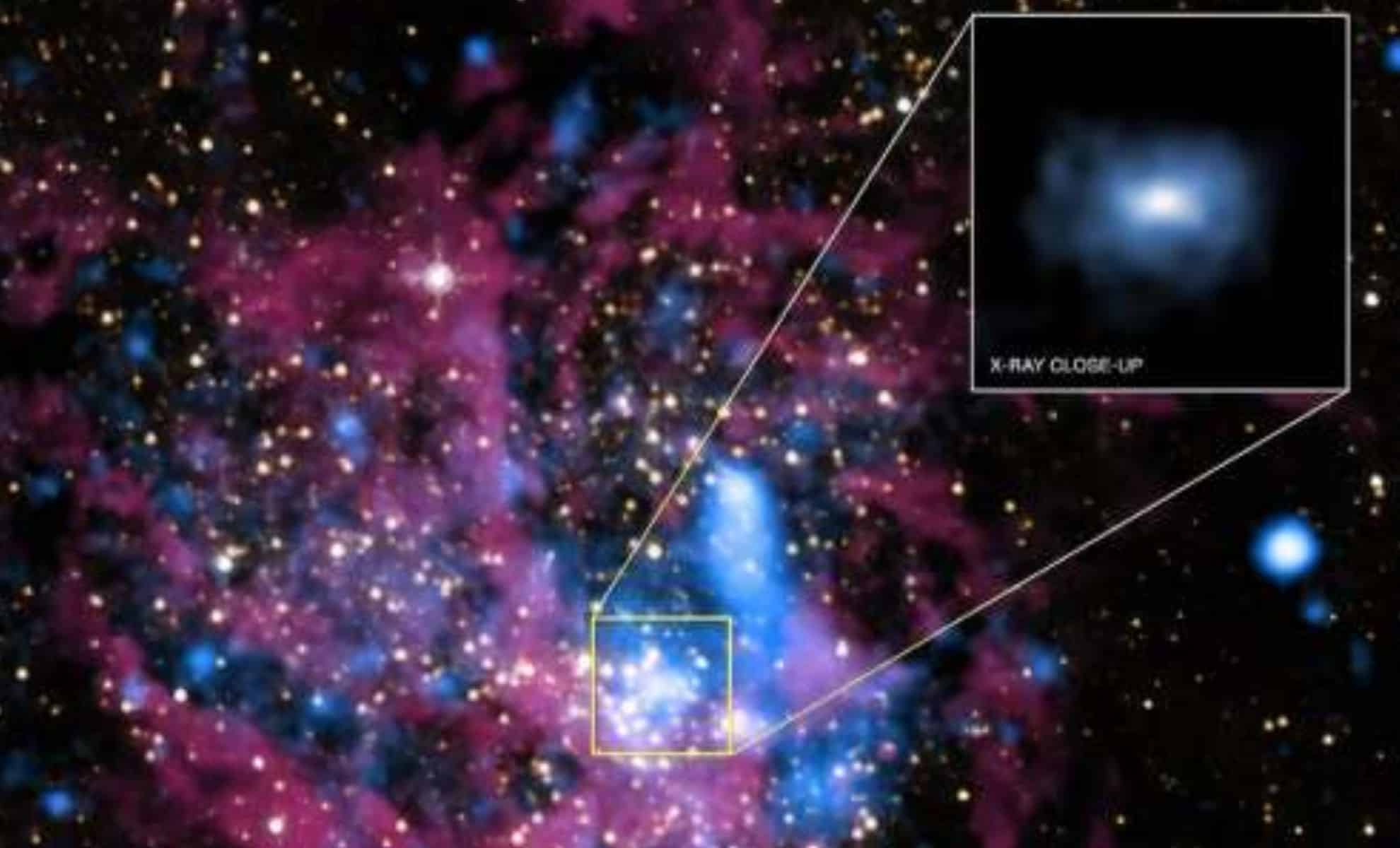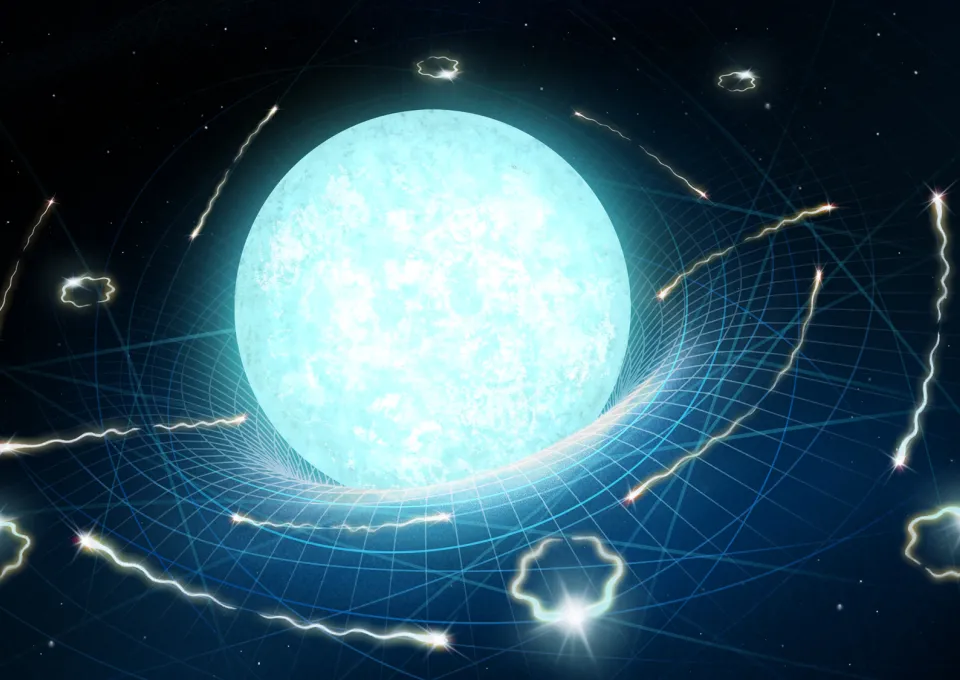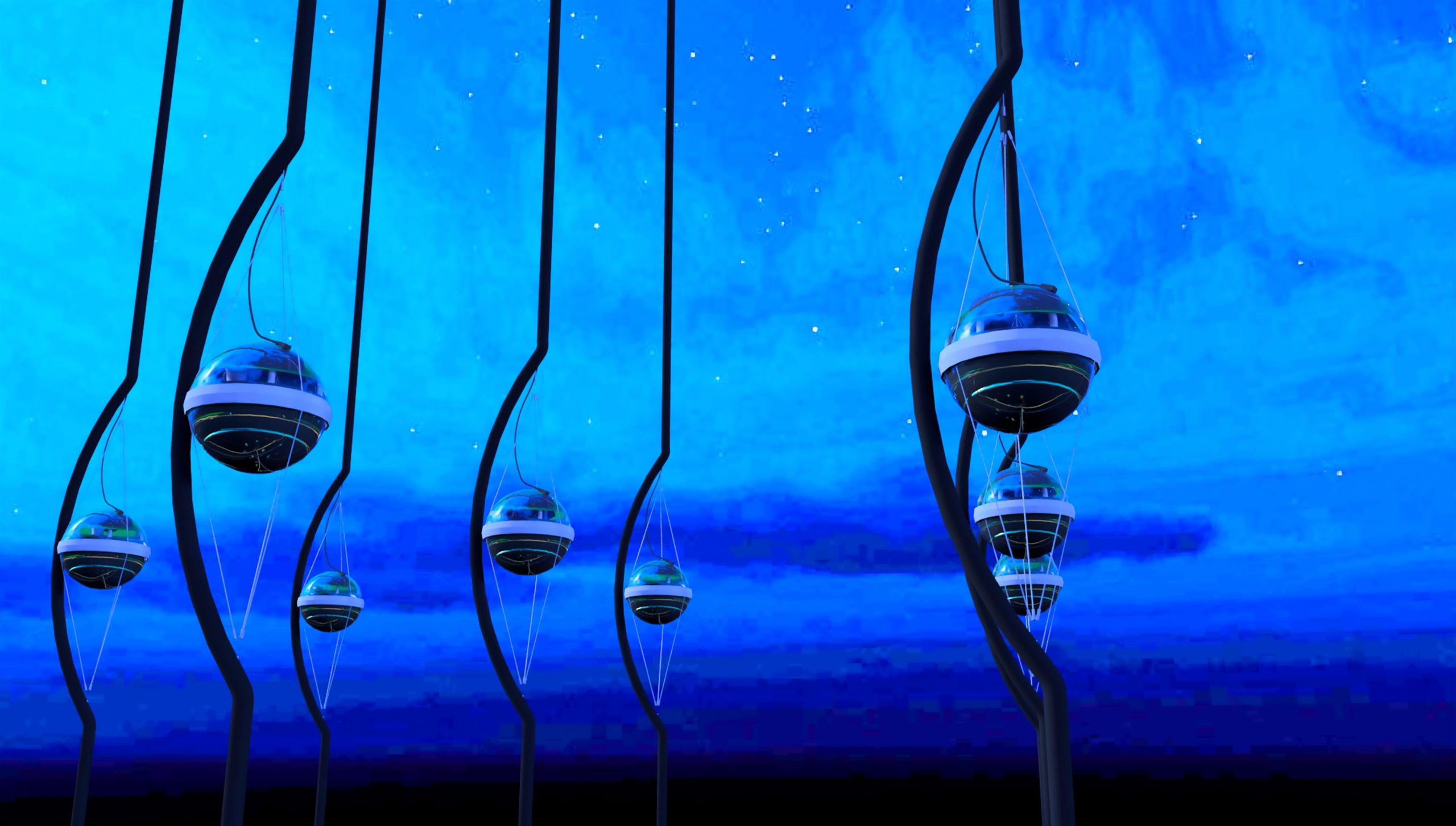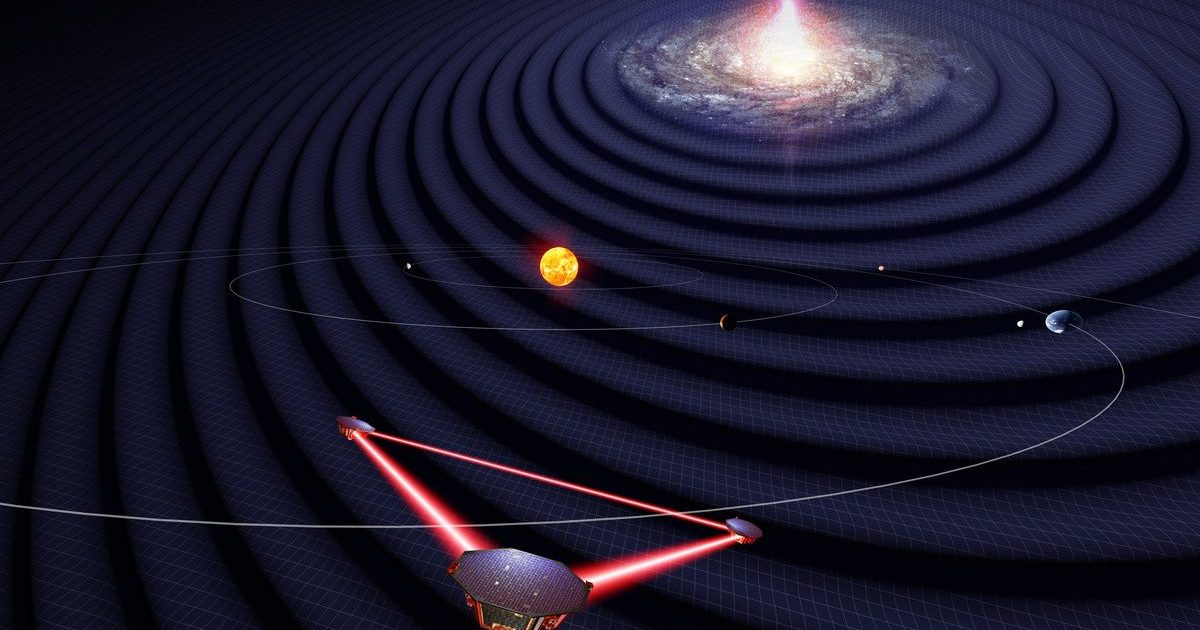A recent study published on arXiv sheds light on an astonishing discovery at the core of the Milky Way Galaxy. There, a complex symphony of gravitational waves is being generated by a multitude of cosmic sources, including a supermassive black hole, binary black holes, neutron stars, and white dwarfs. While these gravitational waves are currently too faint for us to detect with existing technologies, future observatories like the Laser Interferometer Space Antenna (LISA) are poised to offer new insights into these cosmic phenomena. This creates a new challenge for astronomers as they prepare to sort through this rich “forest” of signals in the hopes of uncovering more definitive patterns. Could we truly hear these waves in the future, and what might this mean for our understanding of the universe?
The Galactic Centre: A Hotbed of Gravitational Waves
At the very heart of the Milky Way Galaxy, the supermassive black hole, Sagittarius A*, holds a central role. However, it is not acting alone. The region surrounding it is teeming with other celestial bodies, such as binary black holes, neutron stars, and even white dwarfs. Each of these objects emits gravitational waves, the ripples in spacetime caused by their motions and interactions. As these objects gradually spiral toward one another, the gravitational waves they generate are both incredibly faint and difficult to detect with current technology.
The intriguing aspect of these waves is their potential to offer us a direct look at the dynamics of these systems. While current gravitational wave observatories are capable of detecting the final moments of mergers—what is known as the chirp of gravitational waves—future observatories like LISA could extend this observation period, allowing us to track these waves long before the bodies collide. By studying these signals over a longer period, astronomers will be able to uncover deeper insights into the forces governing these systems.
The Challenge of Overlapping Gravitational Signals
One of the most significant challenges in this field is the overwhelming volume of gravitational waves that will be detected. While systems like binary black holes are prime targets for study, they are not the only source of these waves. There is a range of gravitational wave emitters in the vicinity of the supermassive black hole in the Milky Way’s core. For instance, neutron stars and even brown dwarfs can orbit the black hole, emitting their own distinct gravitational signals. This creates a dense background of gravitational noise that could complicate efforts to identify more isolated, meaningful signals like those from binary black hole mergers.
The study discussed in the article shows that these sources of gravitational waves form what’s described as a “forest” of overlapping signals. If the sources are particularly close to the supermassive black hole, such as in the case of neutron stars orbiting closely, their waves could drown out the clearer signals from mergers of binary black holes. This presents a significant hurdle for future gravitational wave observatories, especially LISA, which is expected to provide a more detailed view of gravitational waves over extended periods.
Solutions: Can Machine Learning Help Us Listen?
To address the problem of overlapping signals, astronomers are exploring several innovative solutions. One possibility is the application of machine learning algorithms to sift through the massive amounts of data generated by future gravitational wave observatories. These algorithms could be trained to distinguish between distinct gravitational wave signals within a cacophony of noise, allowing astronomers to identify new, significant sources.
Furthermore, the study suggests that multi-messenger astronomy could play a crucial role in untangling the signals. By combining gravitational wave data with electromagnetic observations—such as radio flares that might accompany the tidal forces acting on brown dwarfs—the data could be cross-referenced to identify the origins of specific gravitational waves. This approach might significantly enhance our ability to differentiate between various sources of gravitational waves, even in the presence of overlapping signals.



